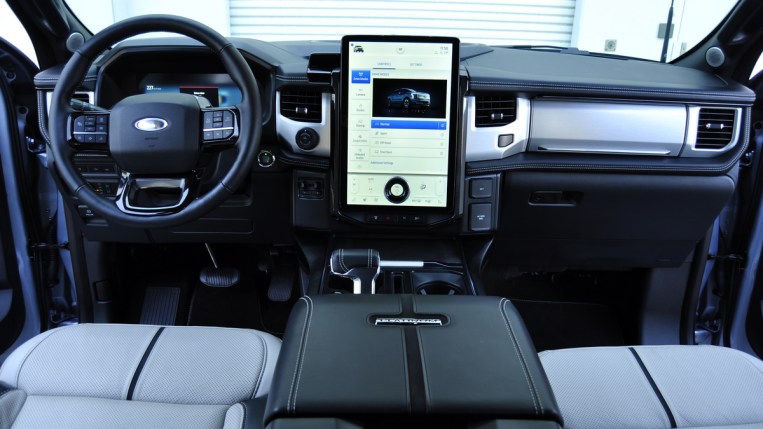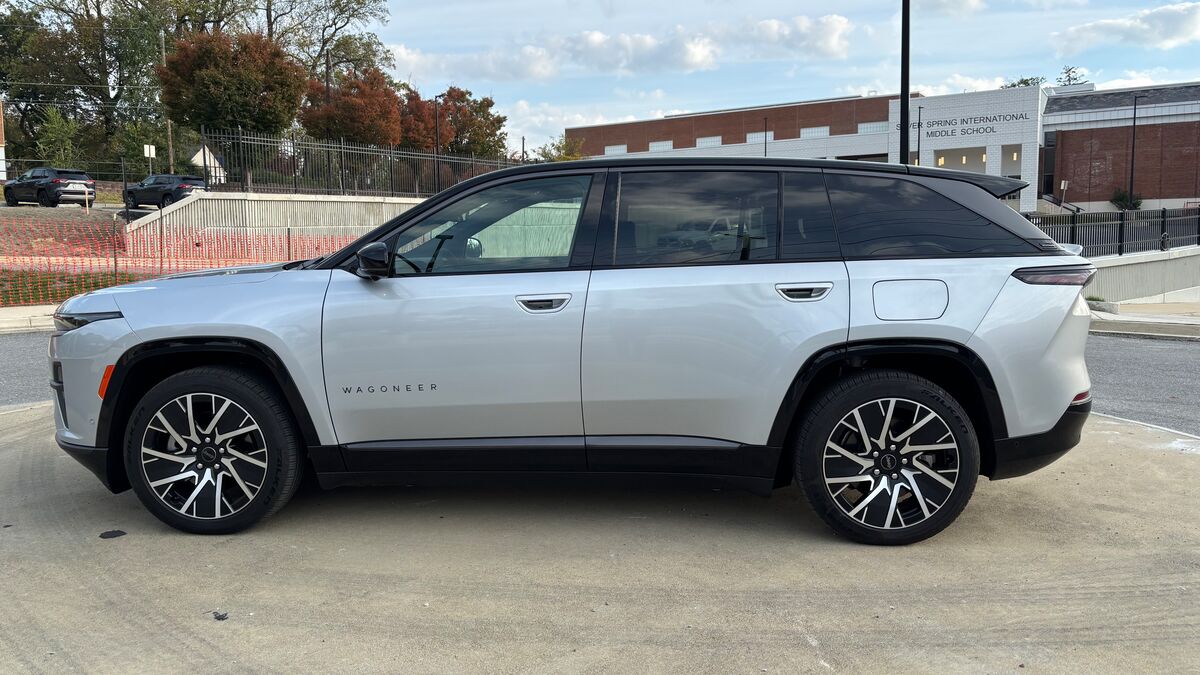
Former FEMA Heads Raise Alarm
Seven former leaders of the Federal Emergency Management Agency (FEMA), the arm of the United States government charged with coordinating response to disasters, wrote to Transportation Secretary Pete Buttigieg this week, raising the alarm over the lack of AM radio in many EVs.
“Federal law mandates that FEMA always maintain its ability to deliver messages to the American people en masse,” they explained. The agency does so, the letter says, through the National Public Warning System. The system is “the only method the government has to reach every point of the country at once.”
But that system relies on the AM radio band to work.
EVs Can Interfere with AM Signals
Many EVs lack AM receivers, including all Tesla vehicles, the Ford F-150 Lightning, and BMW’s iX and i4.
“Car companies say the motors on such vehicles generate electromagnetic frequencies on the same wavelength as AM radio signals,” explains The Wall Street Journal. That can create buzzing sounds or cause AM signals to fade in and out.
In a statement, BMW said it omitted AM receivers from EVs “rather than frustrate customers with inferior reception and noise.”
Some Automakers Have Solved The Problem
The problem, said The New York Times, is “not insurmountable. Electromagnetic interference could be controlled with shielding cables, filters, and careful placement of the electrical components in the vehicle.”
The Hyundai Ioniq 5, Toyota bZ4X, Subaru Solterra, and Chevrolet Bolt EV and EUV all come with an AM receiver as standard equipment.
The Alliance for Automotive Innovation is the auto industry’s largest trade group. The alliance said it has been meeting with the National Association of Broadcasters to address the issue. The Wall Street Journal reported that the two groups are “in the preliminary stages of engaging FEMA to understand better how consumers can continue to access emergency-broadcast alerts in their vehicles.”







